It’s supposed to run for just over forty minutes, but it’s been going for an hour. Jack Ellis, a volunteer artist at Good Chance Theatre in Paris, peeps hastily through the curtains and motions cut. Alexandre Moisescot, curator at Good Chance and director of and actor in this Hope Show—a weekly presentation of work made during the week by refugees in theatre workshops—immediately falls into an improvised gag with Bashir, an Afghani refugee playing a security guard in a take on Samuel Beckett’s Waiting for Godot. It ends with the audience clapping enthusiastically. Most are on their feet; some, like me, hide a tear.
When does theatre ever match this sense of closeness and sharing? Not too often—and probably rarely in geodesic domes, which were used by Good Chance when the theatre first formed in the Calais Jungle as a place where refugees could express themselves away from the problems they were facing. Now, as the company’s production arm prepares to transfer its show The Jungle from London to New York City, the moveable domes sit like beating hearts outside Paris’s Cité nationale de l’histoire de l’immigration (Museum of Immigration), where Good Chance has been in residence for the museum’s season, aptly titled “Welcome.”
“Who is allowed to welcome? Normally the people who have been in a place for the longest time,” write co-founders and co–artistic directors of Good Chance, Joe Murphy and Joe Robertson, in an email. “Who is not allowed to welcome? The people who don’t know the place very well.” They have decided to invert the notion, with recently arrived refugees welcoming born-and-raised Parisians. The point of this is to demonstrate that the people who are arriving and building new lives in the city have just as much to offer, with their unique perspectives and experiences, as those who know their environment well. “It is not a case of ‘refugees welcome,’” Murphy and Robertson say, “it’s a case of ‘refugees welcoming.’”
Good Chance’s residency is about refugee empowerment. It is the first time they have worked so openly in the public eye. Since the destruction of the Calais Jungle, the company has built its domes outside French refugee centers far from society’s gaze. Now, refugees have to travel from centers in Paris via public transport to Good Chance, intermingle with the public at the museum, and “welcome” them to their dome. As audience members arrive, they get patted down at the doors by actors dressed as security guards; while it’s done as a joke, it’s probably the refugees who are more used to this kind of intrusion than everyday Parisians. Deliberately flouting the conventional theatre etiquette, actors then “welcome” the audience members, show them to their seats, and talk to them like friends.

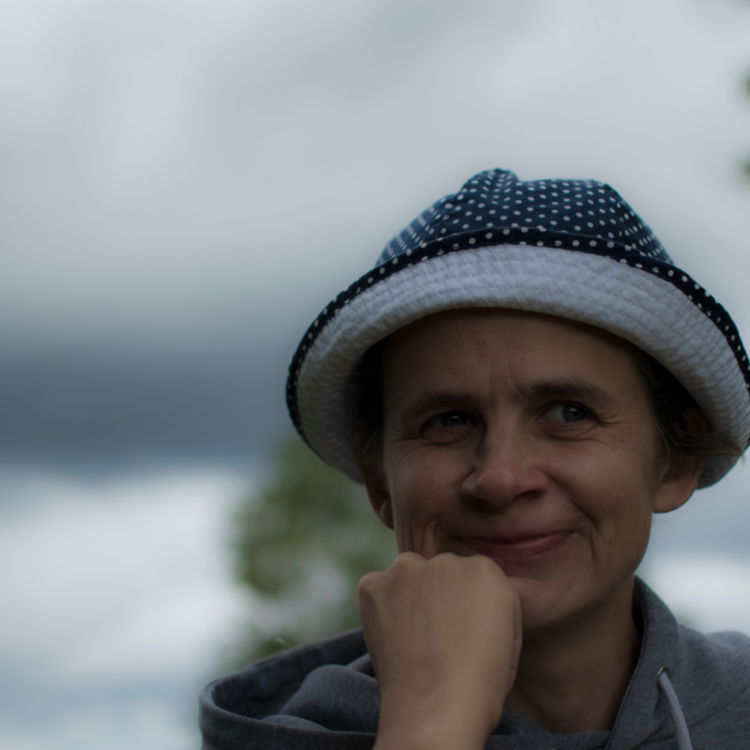
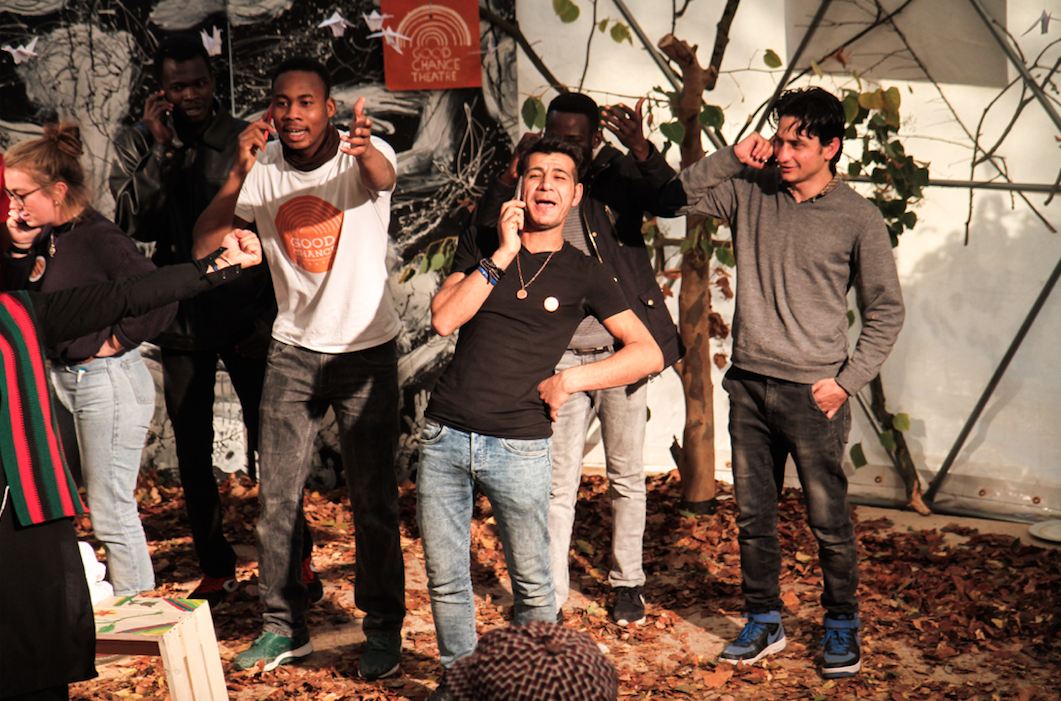
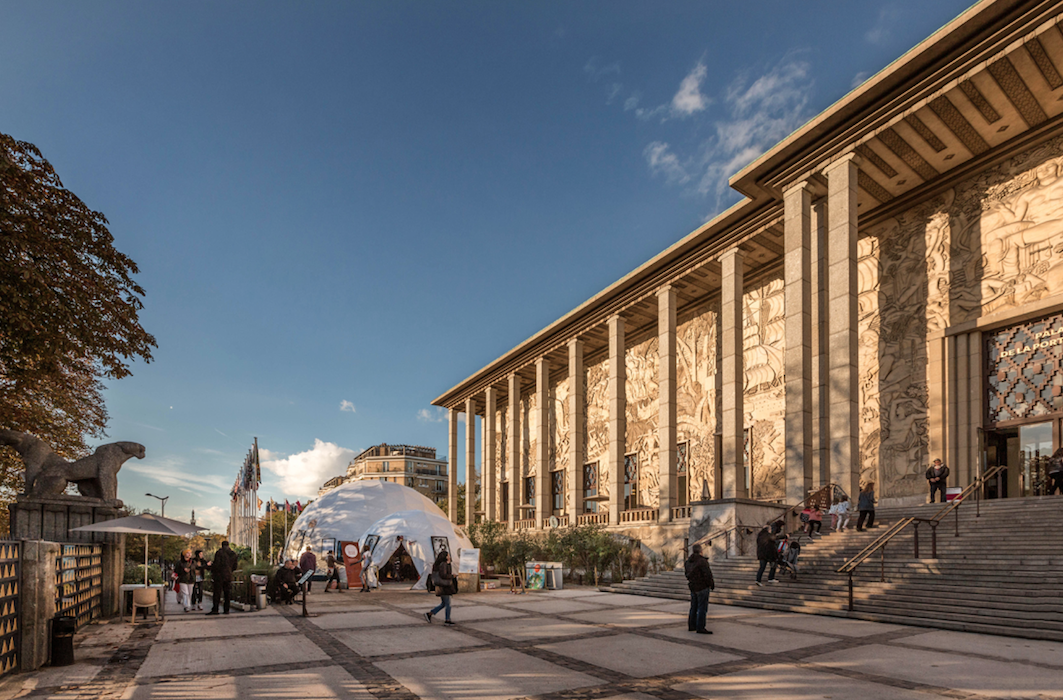
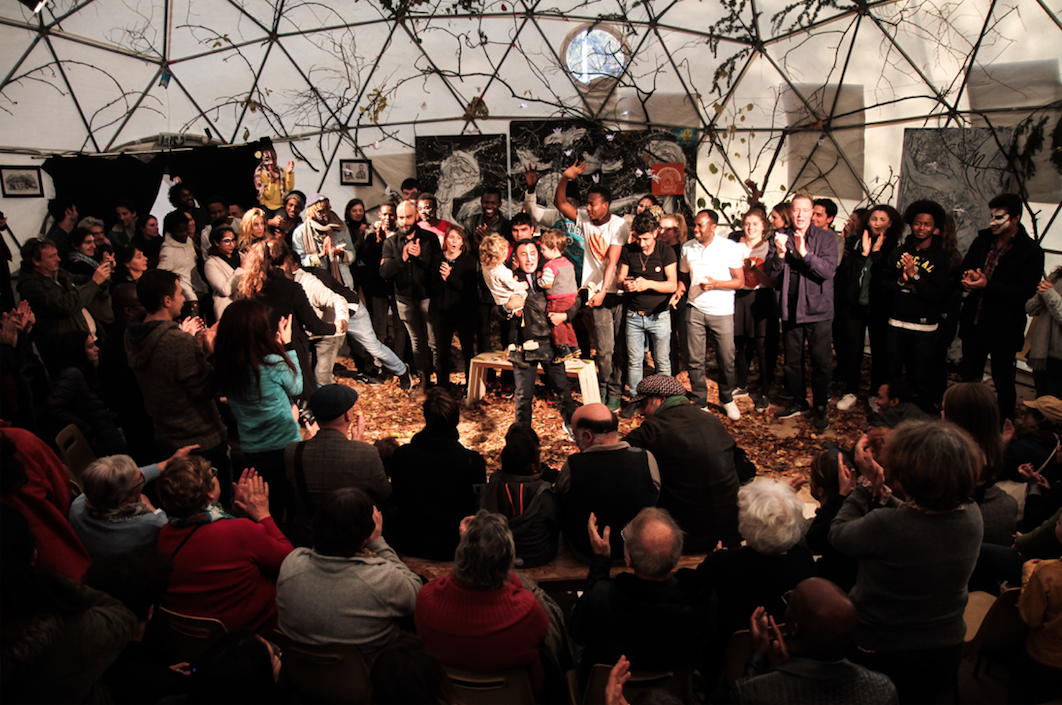
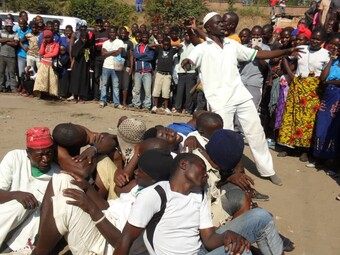

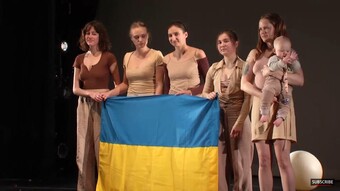

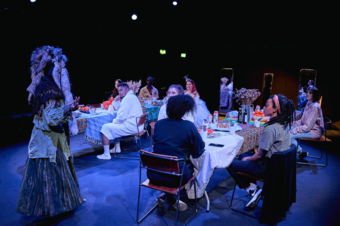


Comments
The article is just the start of the conversation—we want to know what you think about this subject, too! HowlRound is a space for knowledge-sharing, and we welcome spirited, thoughtful, and on-topic dialogue. Find our full comments policy here